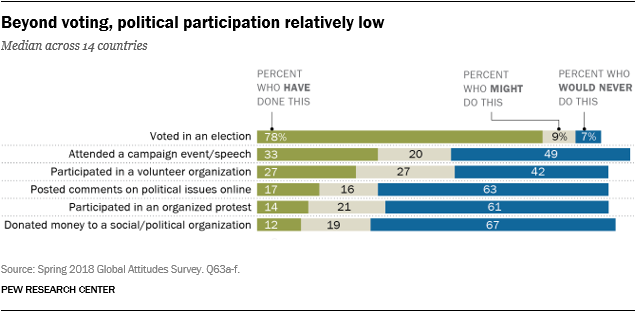Skot Thayer and Alex Hern at the Guardian: “Rohingya refugees are turning to blockchain-type technology to help address one of their most existential threats: lack of officially-recognised identity.
Denied citizenship in their home country of Myanmar for decades, the Muslim minority was the target of a brutal campaign of violence by the military which culminated a year ago this week. A “clearance operation” led by Buddhist militia sent more than 700,000 Rohingya pouring over the border into Bangladesh, without passports or official ID.
The Myanmar government has since agreed to take the Rohingya back, but are refusing to grant them citizenship. Many Rohingya do not want to return and face life without a home or an identity. This growing crisis prompted Muhammad Noor and his team at the Rohingya Project to try to find a digital solution.
“Why does a centralised entity like a bank or government own my identity,” says Noor, a Rohingya community leader based in Kuala Lumpur. “Who are they to say if I am who I am?”
Using blockchain-based technology, Noor, is trialling the use of digital identity cards that aim to help Rohingya in Malaysia, Bangladesh and Saudi Arabia access services such as banking and education. The hope is that successful trials might lead to a system that can help the community across southeast Asia.
Under the scheme, a blockchain database is used to record individual digital IDs, which can then be issued to people once they have taken a test to verify that they are genuine Rohingya….
Blockchain-based initiatives, such as the Rohingya Project, could eventually allow people to build the network of relationships necessary to participate in the modern global economy and prevent second and third generation “invisible” people from slipping into poverty. It could also allow refugees to send money across borders, bypassing high transaction fees.
In Jordan’s Azraq refugee camp, the United Nations World Food Programme (WFP) is using blockchain and biometrics to help Syrian refugees to purchase groceries using a voucher system. This use of the technology allows the WFP to bypass bank fees.
But Al Rjula says privacy is still an issue. “The technology is maturing, yet implementation by startups and emerging tech companies is still lacking,” he says.
The involvement of a trendy technology such as blockchains can often be enough to secure the funding, attention and support that start-ups – whether for-profit or charitable – need to thrive. But companies such as Tykn still have to tackle plenty of the same issues as their old-fashioned database-using counterparts, from convincing governments and NGOs to use their services in the first place to working out how to make enough overhead to pay staff, while also dealing with the fickle issues of building on a cutting-edge platform.
Blockchain-based humanitarian initiatives will also need to reckon with the problem of accountability in their efforts to aid refugees and those trapped in the limbo of statelessness.
Dilek Genc, a PhD candidate at the University of Edinburgh who studies blockchain-type applications in humanitarian aid and development, saysif the aid community continues to push innovation using Silicon Valley’s creed of “fail fast and often,” and experiment on vulnerable peoples they will be fundamentally at odds with humanitarian principles and fail to address the political roots of issues facing refugees…(More)”.

